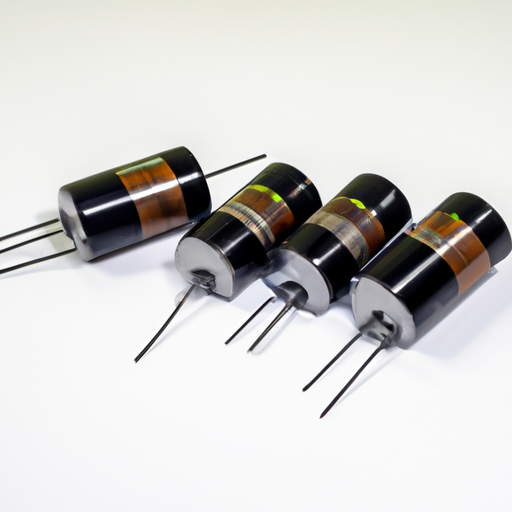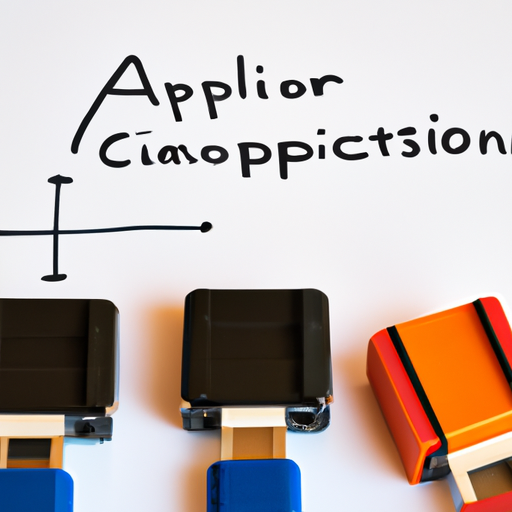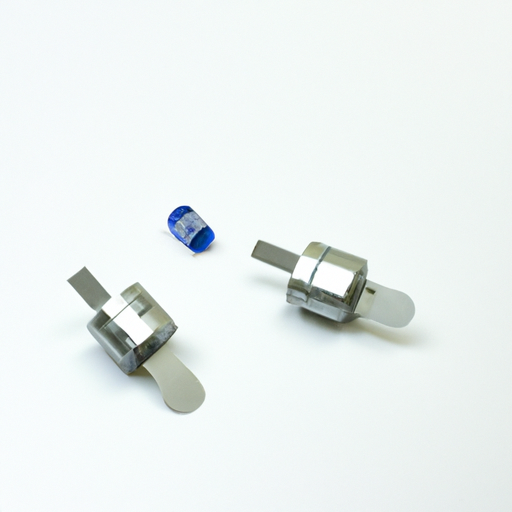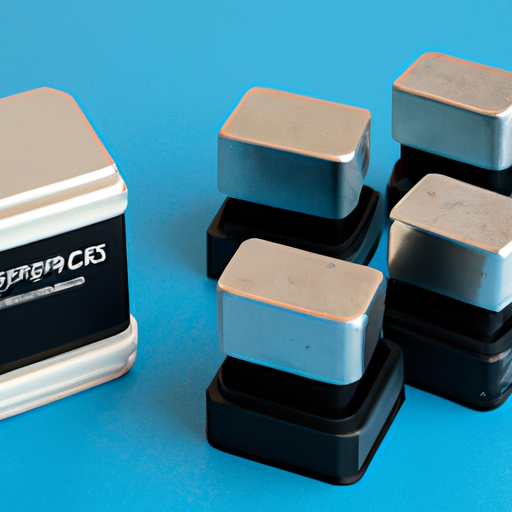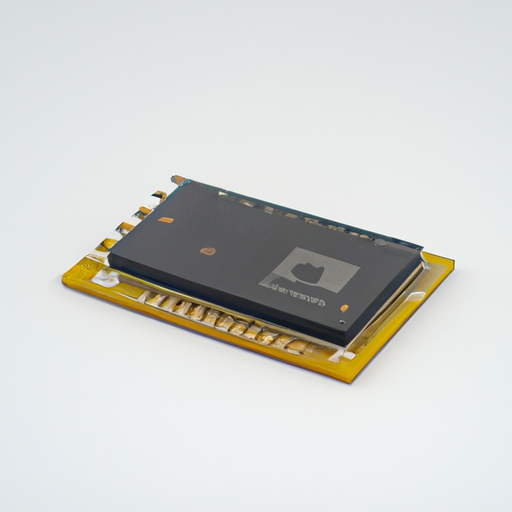MM74HC393N Thin Film Capacitors highlighting the core functional technology articles and application development cases of Thin Film Capacitors that are effective.
Core Functional Technologies of Thin Film Capacitors
1. High Dielectric Constant Materials: Thin film capacitors utilize advanced dielectric materials, such as barium titanate or high-k dielectrics, which allow for significant capacitance values in compact sizes. This is particularly important in applications where space is limited, such as in mobile devices and wearables.
2. Low Equivalent Series Resistance (ESR): The low ESR characteristic of thin film capacitors is crucial for high-frequency applications, as it reduces power loss and enhances the efficiency of circuits. This feature is particularly beneficial in RF applications where signal integrity is paramount.
3. Temperature Stability: Thin film capacitors are engineered to maintain stable capacitance across a wide temperature range, making them suitable for applications in extreme environments, such as aerospace and automotive sectors.
4. High Voltage Ratings: The ability of thin film capacitors to handle high voltages makes them ideal for power electronics applications, including inverters and converters, where voltage spikes can occur.
5. Integration with Other Technologies: Thin film capacitors can be fabricated alongside other components, such as resistors and inductors, on the same substrate. This integration leads to the development of compact, multifunctional devices that are essential in modern electronics.
Application Development Cases
1. RF and Microwave Applications: In RF and microwave circuits, thin film capacitors are critical for tuning, filtering, and impedance matching. Their low loss characteristics ensure minimal signal degradation, which is vital for maintaining performance in communication systems.
2. Power Electronics: Thin film capacitors are extensively used in power supply circuits for decoupling and filtering. Their high-frequency performance is essential in applications like DC-DC converters, where they help stabilize voltage levels and reduce noise.
3. Consumer Electronics: In smartphones, tablets, and laptops, thin film capacitors play a key role in power management systems. They help ensure efficient energy use and stable operation, contributing to longer battery life and improved device performance.
4. Automotive Applications: With the increasing adoption of electric vehicles (EVs), thin film capacitors are being integrated into battery management systems and electric drive systems. Their reliability and performance under varying temperature conditions are critical for the safety and efficiency of EVs.
5. Medical Devices: In medical electronics, thin film capacitors are used in devices such as pacemakers and diagnostic equipment. Their precision and reliability are essential for ensuring patient safety and device performance.
6. Telecommunications: In telecommunications infrastructure, thin film capacitors are utilized in signal processing and transmission equipment. Their high-frequency performance is crucial for maintaining signal integrity in high-speed data communication systems.
Conclusion
Thin film capacitors represent a significant advancement in capacitor technology, offering high performance, miniaturization, and versatility across various applications. Their integration with devices like the MM74HC393N can enhance the performance of digital circuits, particularly in timing and counting applications. As technology continues to evolve, the demand for thin film capacitors in emerging fields such as IoT, 5G, and renewable energy systems is expected to grow, driving further innovation and development in this area. The ongoing research and development in materials and fabrication techniques will likely lead to even more advanced thin film capacitor technologies, expanding their applications and improving their performance in existing ones.

